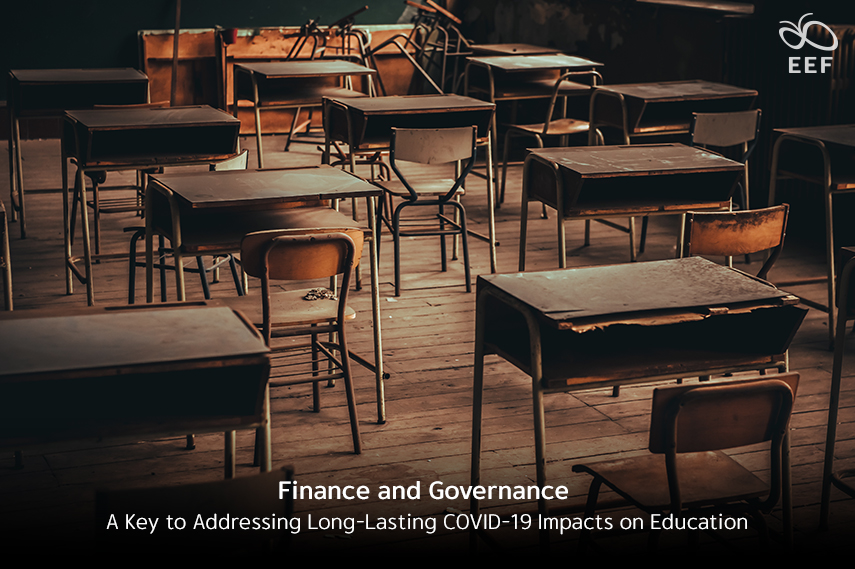
The COVID-19 pandemic has dealt such a detrimental blow to every country’s socioeconomic system. This is especially true of the Asia-Pacific region. Over the past 2 years, some of the countries have seen double-digit negative growth, which has led to widespread impoverishment, school dropout, learning loss, child labor, and premature marriage.
More than 1.6 billion children worldwide have been affected by school closures. Listed among the most impacted are marginalized children and young children. During the closures, these children more often than not did not have any access to proper remote learning. This results in a significant disparity in learning achievement, not just in terms of academic skills, but also in communication, social, and emotional skills. It has now become challenging for 10-year-olds to read and understand even simple texts — a basic skill that should be expected at this age. Even worse, at a time when the financial need for education is surging to support the recovery, the majority of the countries’ revenues have dropped. Investments in the social sectors have become restricted. The governments must strike a balance between competing priorities, particularly in education between the urgent need for funding for learning recovery, which would address the aforementioned concerns, and the immediate need for investing in digital education, which would prevent them from further aggravating.
Given the pressing challenges, be it target audience size, financial constraint, and lack of flexibility in solving complex problems, the first step in achieving equality in the fourth Sustainable Development Goal or SDG4 is collaboration at the local level with partners who share a common vision to develop database technology and data transparency. This is done so for accurate monitoring and assessment as well as for all stakeholders to comprehend the scope of the problems.
While society is currently anticipating measurable and sustainable change, the private sectors are currently eager to support sustainable change, be it in the form of campaigns for strengthening local leaders in implementing sustainable area-based education or public policy proposals. Now more than ever, It is paramount that the government and all regulatory agencies in all sectors be involved in the systemic motivation to foster a new environment that encourages social engagement in further educational development.
Source: 2ND ASIA-PACIFIC REGIONAL EDUCATION MINISTER’S CONFERENCE (APREMC II) – Session 5

